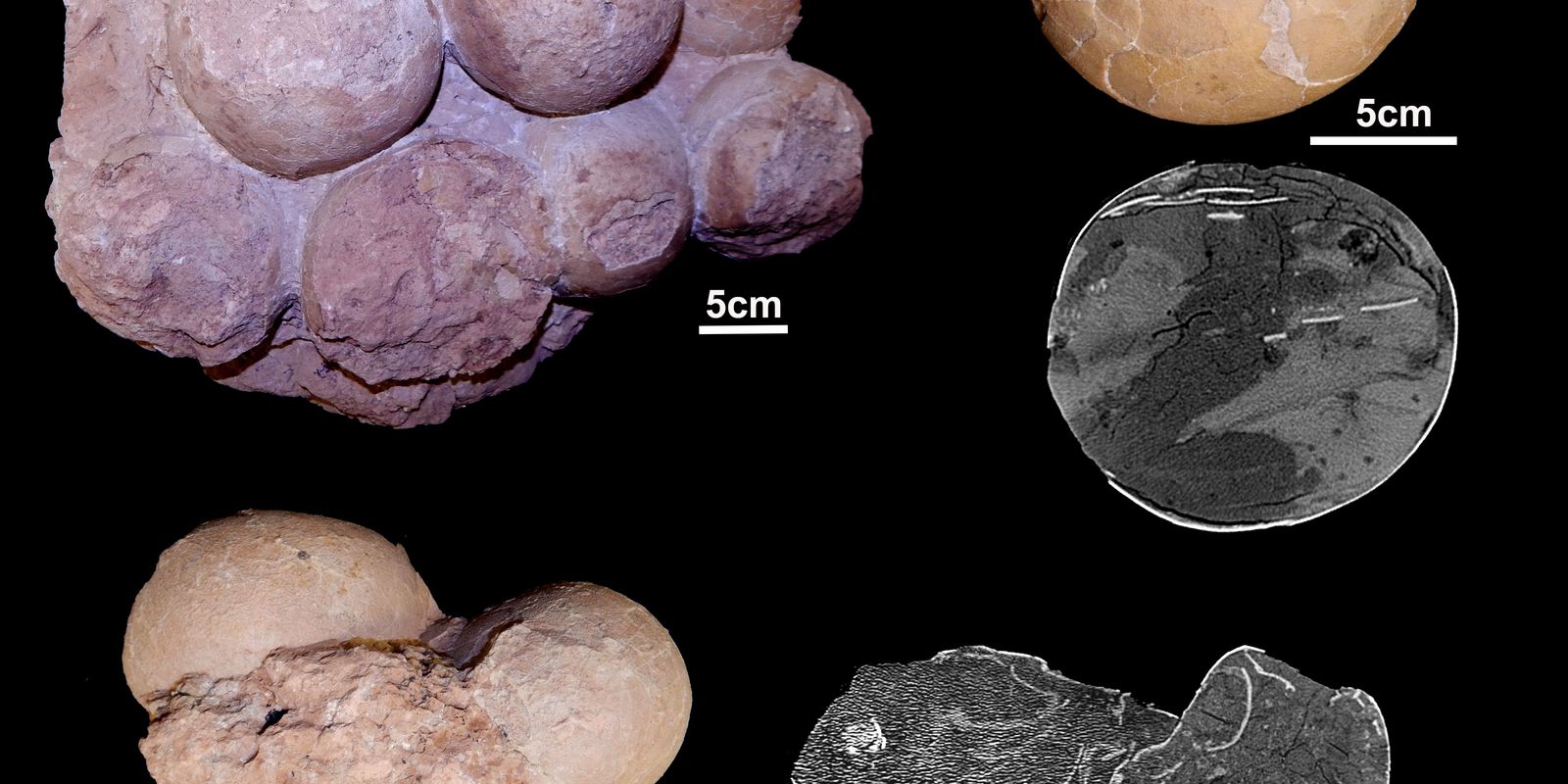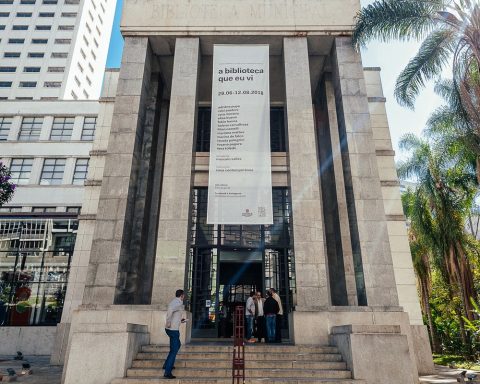A paleontological site located in the Minas Gerais city of Uberaba has gained space in the academic community, helping scholars to expand knowledge about how dinosaurs lived and about the environments where they lived, which were the largest terrestrial living beings on our planet. The research done in this and other sites of the kind have frequented the pages of important scientific publications, putting Brazil on the radar of countries with relevant academic productions on the subject.
Recently, the international magazine Scientific Reportsfrom the Nature Group, published an article about dinosaur egg fossils found in Uberaba between the 1990s and the early 2000s, in a limestone mining area in the Ponte Alta area. The study proved that this was the first dinosaur identification site found in Brazil.
“These fossilized eggs arrived in our collection in 2018, when our excavation and fossil preparation technician, João Ismael, finished preparing the material and made it available to us”, explains the professor at the Institute of Exact, Natural and Education Sciences at Federal University of Triângulo Mineiro (UFTM) Thiago Marinho.
Titanosaurs
Later, when comparing the find with fossils discovered in other parts of the world, especially in Argentina, it was discovered that they were eggs of titanosaurs – herbivorous, quadrupedal dinosaurs with a long neck and tail and a small head. “These are those necks that we see in the movie Parque dos Dinossauros”, summarizes the professor and co-author of the study.
The titanosaur eggs cited in the magazine (about 20, including a set of 10 eggs that were in a nest) helped to expand knowledge about the lives of these animals that lived about 70 million years ago in the region. “They are the biggest animals that ever walked the earth. Its size could vary from 10 to 26 meters in length”, describes Marinho.
“Our publication confirmed that titanosaurs were animals that lived in groups and used the same area to nest and lay eggs. We saw that these areas were reused in subsequent moments. The group periodically returned to the site and there they made new nests where they laid more eggs. This indicates that the dinosaurs of Uberaba lived, reproduced and were born there”, he detailed.
life element
The researcher adds that studies have shown the egg was regarded as a “element of life” for these dinosaurs. “Instead of studying this material as something isolated from the animal, we studied the egg as an element of dinosaur life. That is, its first stage of development. Through the methodology used, we aggregate information to understand more about the life habits of these animals and about the evolution of the group”, he said.
The eggs are about 12 cm in diameter. One of the sets of eggs corresponds to 10 eggs that were preserved within the sediments of a nest. “The female titanosaur dug a hole in the ground, laid the eggs and then covered them with sand.”
Brazilian paleontology
Marinho points out that the discovery, considered the largest of its kind ever to occur in Brazil, reinforced the relevant role that Brazilian paleontology has been gaining in the academic community. “Studies on the eggs found in this region increasingly bring relevant elements to the understanding of the biological diversity of the past and also of the environments”, he said.
“Our research has had a major international impact. We have a consolidated research group and, with these discoveries, we have further strengthened our ties, especially with Argentine colleagues, with whom we have already published several works together,” he said.
The first fossil discovered in Uberada was a dinosaur egg, in the 1940s – the first found in South America. The study was published in the 1950s. Paleontologist Agustín Martinelli highlights that the entire Triângulo Mineiro region is key to studying the faunas of the late Mesozoic Era and, particularly the municipality of Uberaba, continues to bring to light discoveries with a worldwide impact.
As the fossils from Uberaba are very well preserved and are in large numbers, many foreign researchers have visited the collection to compare data. Marinho says that not only researchers, but the general public have become increasingly interested in the material. The researcher recalls that paleontology is a “unique tool to promote science, education and tourism and benefit the entire population”. “These findings will continue and will continue to maintain the region as an icon in Brazilian paleontology,” he added.
The country contains other paleontological sites, in addition to Uberaba. One of the highlights is the one located in Rio Grande do Sul, which is considered “the cradle of all dinosaurs in the world, where the oldest dinosaurs on the planet are found”, according to Marinho. There are also sites such as Chapada do Araripe, in the Northeast, where dinosaur fossils are found and very well preserved.
*Collaborated Dayana Vítor, from Rádio Nacional

















